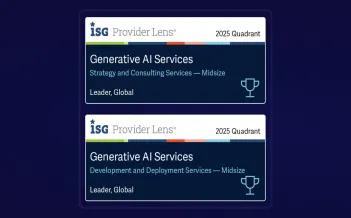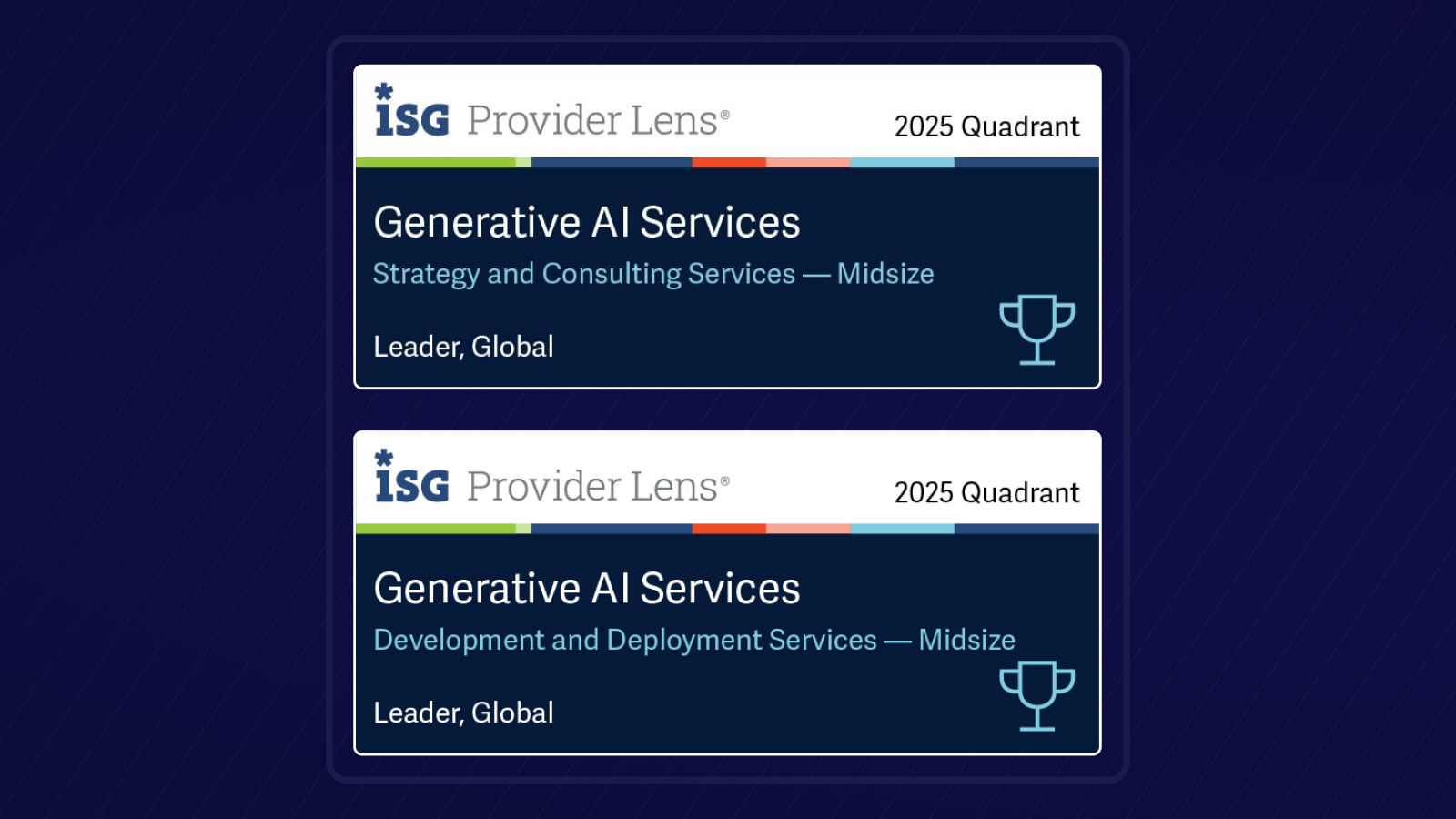Prior authorization is painful. Phone calls, faxes and emails to check if a health plan requires pre-authorization takes time and money. According to the Council of Affordable Quality Care index, this manual back-and-forth cost providers $10.26 per transaction. Ouch. Even worse, arcane prior authorization processes also result in care delays for patients, with one in three delays resulting in an adverse event, according to a survey by American Medical Association (AMA).
Lack of integrated billing systems and standardized rules bear much of the blame. Stand-alone clinical and healthcare billing systems force your staff to manually comb through paper documentation, PDFs, or payer web portals for prior authorization rules specific to the patient. Rules can also differ from plan to plan and change frequently, so your staff may be referencing outdated information. As the provider, you are also responsible to continue to follow up with the Health Plan until there is resolution of the prior authorization request — an approval, redirection, or denial.
Low code delivers high efficiency
Adding further complexity is the coding process. If prior authorization is required, the provider needs to gather more data pertaining to each CPT code applicable to the prescribed treatment. They will also need to obtain a number assigned by the Health Plan that corresponds to the prior authorization request and include it when the final claim is submitted.
Low-code platforms can change the prior authorization game for hospitals and patients. Low code empowers IT and business teams with a standard set of tools to speed-up application development. Using low-code applications, you can accelerate automation across various aspects of the prior authorization process. Even users with minimal technical knowledge can drag and drop application components and connect them to create mobile and web applications in just a few hours.
The difference between high code and low code is the difference between walking and driving, respectively. Low-code is the vehicle that simplifies and accelerates the process of application development. You reach your destination faster while conserving energy.
Not only is low-code faster, it’s cheaper. Remember the $10.26 per transaction number for prior authorization? When you take a low-code approach, that number drops to $3.64 per electronic transaction.
Here’s how low-code changes the prior authorization process:
- Auto assign CPT codes based on your clinical staff’s prescribed course of treatment by integrating with the database consisting of CPT codes
- Auto-review prior-auth rules for the patient’s insurance plan across paper documentation, PDFs, or payer web portals
- Generate a summary of the insurance plan rules based on your staff’s requirements
- Produce a semi-populated/populated prior-auth request form for your clinical staff to sign a
Handpicked Related Content
Low code is fast and flexible, but not completely without challenges. Follow these basic tenets and tactics to realize desired results.
1) Test the waters: Prototyping is powerful. It allows you to experiment in a controlled environment without risk. Start with a low-code pilot to demonstrate low code’s potential and gain the buy-in of key stakeholders
2) Organize your efforts around patient needs: What would the patient want? Keep this to top of mind in your design to help ensure an optimal outcome.
3) Build a solid foundation:the right platform makes the right results and cultivating some low-code skills is important. Once you have a solid foundation of tech, talent and process, you can break out on your own.
4) Keep it simple:Simplicity is genius. Beware of adding unnecessary complexity to the process.
5) Collaborate with community:You can learn a lot about low-code from others. Talk about your experience to keep evolving.
6) Remember security & compliance: Low code doesn’t mean lax security and compliance. Like any application, low-code needs to adhere to high-standards.
According to research from Gartner, 65% of all applications will be co-developed or managed with low-code by 2024. And, it’s easy to see why. Automating prior authorization through low-code apps can provide dramatic results. Low code applications are quick and easy to implement and usually cost much less than deploying in-house systems. They help increase your clinical staff efficiency, save significant time, and allow you to focus on improving the patient experience – ultimately strengthening patient throughput and revenue.
Consumers are becoming more active and engaged in their healthcare. The demand for user friendly patient experiences is growing from online booking of appointments and virtual visits to using technology to monitor health. Before, implementing enterprise-wide systems took months or even years. With low code, you don’t have to wait on IT. You can now develop and implement applications that consumers want within hours. Low code is the key to delivering the promise of a retail experience for patients.
Featured resource
Download our whitepaperThe impact of patient financial experience on hospital profitabilitywhich highlights the importance of an effective patient access process at the initial point of patient engagement.










